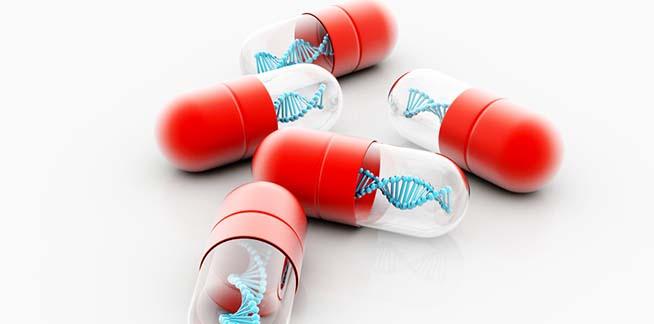Studies have shown that SLNs can concentrate DNA onto nanometer colloidal particles and can effectively transfect mammalian cells in vitro. SLN offers several technical advantages over standard DNA or RNA carriers such as cationic lipids or cationic polymers, including large-scale production from substances generally recognized as safe, high storage stability, and suitability for steam sterilization and lyophilization. Another key feature of these systems is the possibility of combining oppositely charged molecules through electrostatic interaction by means of modulating the SLNs' chemical composition.
SLNs hold promise for the treatment of many rare diseases. Several studies have already reported the use of SLNs as effective gene transfer vectors in rare diseases, such as chromosome X-linked juvenile retinoschisis, a disease caused by a deficiency in the protein retinoschisin, and Fabry disease, a severe inherited multisystem metabolic disorder. In conclusion, SLN-based non-viral gene therapy is proving to be a viable and promising therapeutic tool for the treatment of rare genetic diseases.

Fig. 1 Schematic diagrams for the preparation of cationic SLNs. (Bondì M L, et al., 2010)
